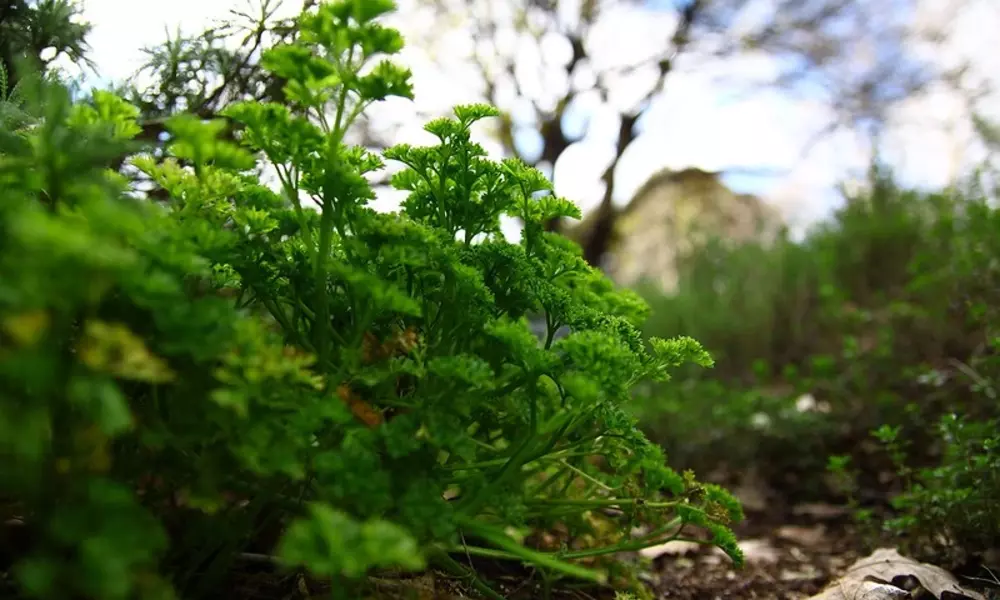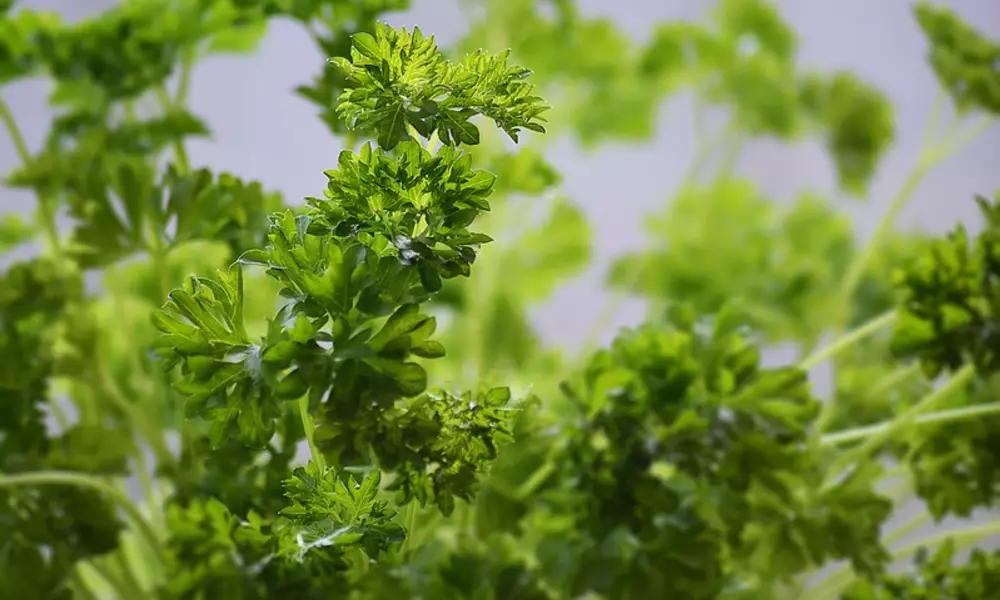Are you looking to create a thriving herb garden and wondering which plants make the best and worst companions for parsley? Finding the right companion plants for parsley can significantly impact its growth, health, and overall productivity.
In this article, we will delve into the common problems faced when selecting parsley companion plants, promise to provide valuable insights, share relevant research findings, offer practical solutions, and provide our expert opinion on the matter.
By the end of this article, you’ll have a comprehensive understanding of the best and worst companion plants for parsley, enabling you to optimize your garden’s potential.
Understanding Companion Planting
Companion planting is a gardening practice where different plants are grown in close proximity to enhance each other’s growth and protect against pests.
It is based on the principle that certain plants have beneficial effects on others when planted together, while some combinations can be detrimental.
By carefully selecting companion plants, gardeners can create a symbiotic environment that promotes healthy growth, improves soil fertility, and deters pests naturally. Let’s delve into the advantages of companion planting for parsley.
Benefits of Companion Planting
Companion planting offers several benefits for parsley and other plants in your garden:
- Pest Control: Some companion plants repel pests or attract beneficial insects that prey on pests, reducing the need for chemical pesticides.
- Enhanced Flavor: Certain companion plants can enhance the flavor of parsley and other herbs when grown together.
- Improved Pollination: Some companion plants attract pollinators, such as bees and butterflies, which aid in the pollination of parsley flowers.
- Weed Suppression: Companion plants can help suppress weeds by shading the soil and preventing weed growth.
- Space Optimization: Companion planting maximizes the use of garden space by growing plants with different growth habits together.
Now, let’s explore the best companion plants for parsley and how they can contribute to a thriving herb garden.

15 Best Companion Plants for Parsley
1) Basil
Basil is an excellent companion for parsley as it repels pests such as aphids, flies, and mosquitoes. Additionally, these two herbs complement each other well in various culinary dishes.
2) Tomatoes
Parsley and tomatoes make great companions. Parsley acts as a natural insect repellent for tomatoes, protecting them from harmful pests. The shade provided by tomato plants also helps keep the soil cool and moist, benefiting parsley growth.
3) Chives
Chives are known to deter pests like aphids, Japanese beetles, and carrot rust flies. Planting chives alongside parsley can help protect both plants from common garden pests.
4) Marigolds
Marigolds are well-known for their pest-repelling properties. Planting marigolds near parsley can help keep away pests such as nematodes and whiteflies.
5) Carrots
Parsley and carrots make a great pair in the garden. These two plants are mutually beneficial as they don’t compete for resources and provide shade for each other.
6) Onions
Onions have natural fungicidal properties and can help protect parsley from fungal diseases. Additionally, parsley can benefit from the strong scent of onions, which repels pests.
7) Roses
Surprisingly, parsley can be a beneficial companion for roses. Parsley attracts hoverflies, which feed on aphids that commonly infest rose bushes.
8) Lettuce
Lettuce and parsley can be grown together as they have similar soil and water requirements. Interplanting these two leafy greens maximizes space and encourages healthy growth.
9) Radishes
Radishes act as a natural repellent for pests like cucumber beetles and squash bugs. Planting radishes near parsley can help protect it from these harmful insects.
10) Cabbage
Parsley and cabbage make good neighbors. Parsley can attract beneficial insects that prey on cabbage pests, such as caterpillars and aphids.
11) Mint
Mint plants emit a strong aroma that deters pests. Planting mint near parsley can help repel insects and promote healthy growth.
12) Celery
Parsley and celery are part of the same family, Apiaceae. They can be planted together as they have similar soil and water requirements.
13) Spinach
Spinach and parsley can be grown close as they have similar light and temperature preferences. Their compatibility makes them a good combination in the garden.
14) Beans
Beans enrich the soil with nitrogen, benefiting parsley’s growth. Planting parsley near beans can also help repel pests that commonly attack legume crops.
15) Peas
Peas and parsley make a great pairing. Parsley provides shade for peas, preventing the soil from drying out quickly. Additionally, peas enrich the soil with nitrogen, benefiting parsley’s growth.

Avoid Planting Parsley with
1) Coriander
Coriander (cilantro) and parsley are from the same plant family but have different growth requirements. Planting them together can lead to competition for resources and affect their growth.
2) Dill
Dill is known to inhibit the growth of parsley when planted nearby. It is best to keep these two herbs separate in the garden.
3) Fennel
Fennel can hinder parsley’s growth as it competes for resources and can negatively affect its flavor. It is advisable to avoid planting fennel near parsley.
Conclusion
Companion planting is a valuable technique for maximizing the growth and health of parsley in your garden. By choosing the right companion plants, you can create a harmonious environment that promotes pest control, enhances flavor, and improves overall plant growth. Remember to consider the compatibility of plants and avoid unfavorable combinations.
With the knowledge of companion plants for parsley, you can create a thriving herb garden that not only provides culinary delights but also contributes to a sustainable and eco-friendly gardening practice.
FAQs
Q1: What should not be planted near parsley?
The following plants should not be planted near parsley:
- Coriander (Cilantro)
- Dill
- Fennel
Q2: What plants grow well with parsley?
Parsley grows well with the following companion plants:
- Basil
- Tomatoes
- Chives
- Marigolds
- Carrots
- Onions
- Roses
- Lettuce
- Radishes
- Cabbage
- Mint
- Celery
- Spinach
- Beans
- Peas
Q3: Can parsley be used as a companion plant?
Yes, parsley can be used as a companion plant for other vegetables and herbs.
Q4: Does parsley need full sun?
Yes, parsley generally thrives in full sun, although it can tolerate partial shade as well.
